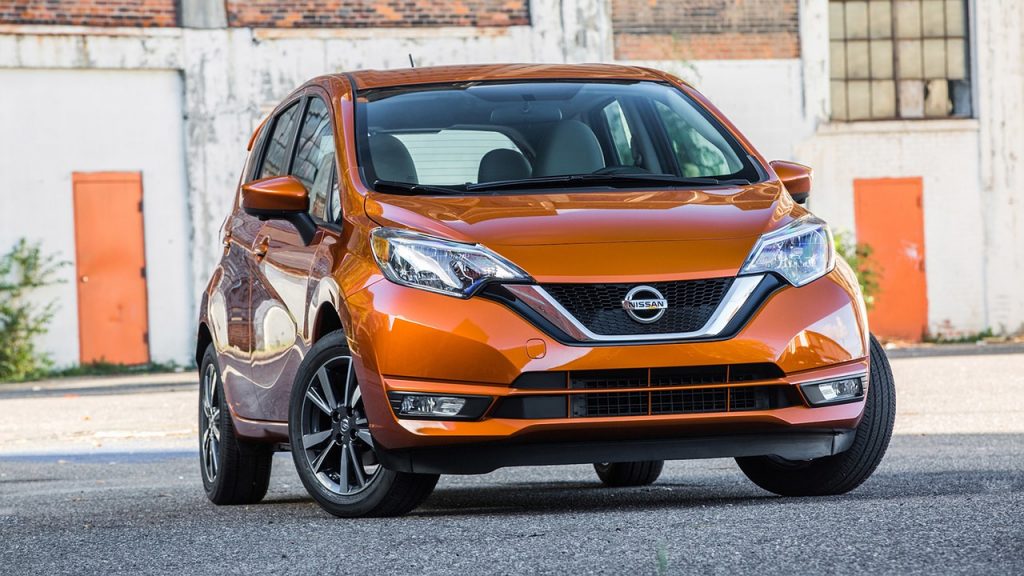Why Some People Are Suddenly Convinced Their Cars Can Drive Themselves
New quality-of-life features in cars, such as Tesla's autopilot or Nissan's Propilot, have falsely led some drivers to believe that they truly own self-driving cars.
This article is more than 2 years old
Advancements in automotive technology have equipped drivers with fantastic new features, such as driver-assist features. And while it is welcome news for some drivers, who appreciate the support, others have an entirely different view. A recent study shows that a shocking number of drivers believe they have self-driving cars.
The Insurance Institute for Highway Safety (IIHS) released a study about vehicle safety on Tuesday. They discovered that 42% of Tesla Autopilot, 53% of General Motors’ Super Cruise, and 12% of Nissan’s ProPilot Assist drivers felt comfortable letting the driver-assist take over. Study participants admitted to not watching what was happening on the road.
And their trust in the driver-assist features was not relegated to open highways. They also let their vehicles drive in parking lots and in poor weather.
However, it is hard to blame some drivers for assuming they have self-driving cars. After all, Tesla’s Autopilot launched in 2015, and the company refers to it as “full self-driving.” So it is no surprise that 42% of its users think they truly do have self-driving cars.
And, with some of the other driver-assist programs offering similar features, confused drivers may make the same assumption. Some of the capabilities common to all these systems are lane-keeping systems and adaptive cruise control. However, all require a drivers complete attention.
Nissan, in particular, warns drivers that its ProPilot Assist “is not a self-driving system.” But that does not seem to deter those behind the wheel. According to the IIHS study, drivers using driver-assist features engaged in activities like reading, drinking, texting, eating, and using their phones.
This lack of attention to the road poses a significant risk to the drivers and those around them. Driver-assist programs are notorious for taking unwanted action that requires a quick response from the driver. For example, Tesla is currently under National Highway Traffic Safety Administration investigation over its Autopilot applying the brakes “without warning, at random, and often repeatedly in a single drive.”

CNN reached out to the companies in question. Tesla did not respond. But GM and Nissan seemed troubled by the news that drivers thought they had self-driving cars.
In a statement, GM told the outlet that drivers are “responsible for operating the vehicle in a safe manner and must remain attentive to traffic, surroundings, and road conditions at all times.” And Nissan was adamant that “The driver maintains control of the vehicle at all times.” To drive the point home, they stated, “Nissan is clearly communicating ProPilot Assist as a system to aid the driver, and it requires hands-on operation.”
So, despite the apparent confusion, driver-assist programs do not make self-driving cars. The IIHS and car manufacturers are going to great lengths to educate consumers and clear up any misunderstandings. And for the moment, that is all they can do.
There are currently no federal standards for driver-assist features. Some have built-in safeguards, allowing temporary software restrictions to get put in place. But that also relies on often inaccurate assessments of a driver’s attentiveness.
The large percentage of drivers thinking they have self-driving cars is bad news for everyone else on the road. So, if you notice some unusual driving, keep a close eye. The car may be driving itself.





